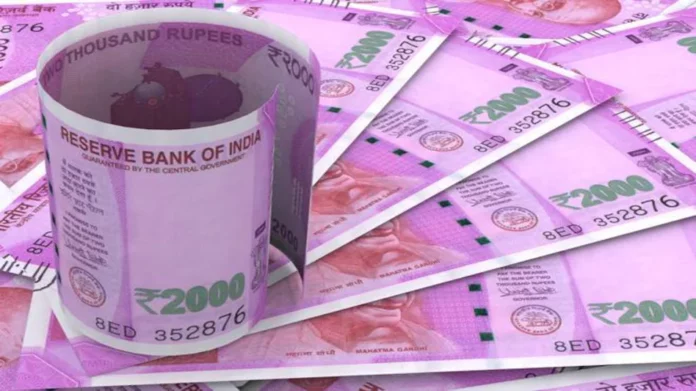The high cost of inputs punctured the margins of most companies in India in the three months to December 2021. Operating profit margins of a sample of 432 companies (excluding banks and finance) fell to 200 basis points each year as raw material prices soared. 466 basis points.
However, with overall positive returns – 32% y-o-y per sample – operating profit increased by 20% year-on-year, and net profit increased by 24%. RIL and TCS account for less than one-third of sample revenue; Except these two, profits increased by 21% while revenue increased by only 27%.
The recovery is uneven to some extent; While IT services companies were getting good results, business was slow in BHEL due to delays in tenders and weak orders. At Larsen & Toubro, order inflows in Q3FY22 were lower than expected.
Although the growth in volumes was moderate, the top growth was notable as companies were able to cope with inflation. Companies with strong brands were gaining. For example, Pidilight Q3FY22 recorded a strong 24% increase in revenue, despite a negative base.
However, high product prices seem to keep demand quiet in some segments. Several managements point out that the recovery of rural geography after the second wave has been silenced. Two-wheeler statistics indicate that high ownership costs may keep buyers at bay.
Bajaj Auto has reduced the volume of motorcycles by 20%, partly due to a shortage of chips and fewer buyers. Seattle’s volume fell 4.5%, while Maruti Suzuki’s was 13.2%. Ultratech’s volume fell 6% during the quarter, mainly due to heavy and obsolete rains in some areas, construction bans in some areas, and labor shortages. Hindustan Unilever’s volume grew by only 2% per annum.
However, the price hike helped FMCG Major Post grow by 10% year on year. Asian Paints was able to raise prices by about 22% in the nine months to December to prevent a 25% increase in input costs. Blended realizations at cement maker Ultratech increased by 12% as more premium products could be sold. Maruti’s net average sales price has increased by 15% year-on-year.
High costs into margins; Overall margins at BHEL declined by 100 bps y-o-y, affecting about 50% of the commodity price of order backlog based on fixed price. Marico’s consolidated total margins fell by 320 bps. JSW Steel’s Ebitda margin has shrunk by about 500 bps y-o-y, yet net sales are up 50% y-o-y.
Software companies remain in strong numbers at the top line and bottom line as they make money on increasing demand and execution continues to excel. The recovery saw retailers getting back on track. Bhel positive for Ebitda in the quarter. Shopper’s Stop, for example, became debt-free at Q3FY22, recording a 34% annual revenue growth, albeit at a lower base.
Follow and connect with us on Facebook, LinkedIn & Twitter

